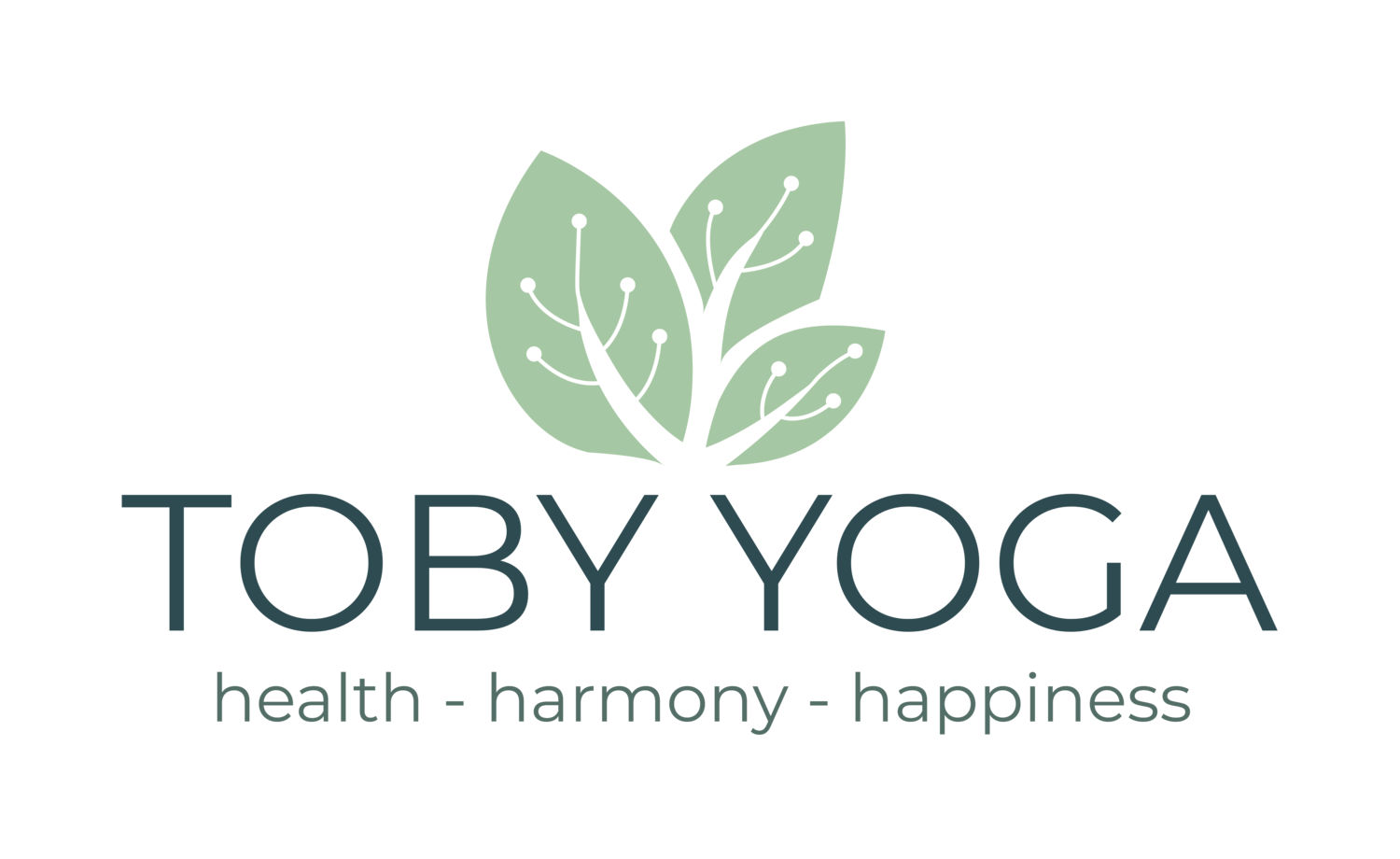A beautiful windmill rooted to the shore, gazing out to sea.
Sun-warmed sails embrace an endless expanse of blue,
Turning gently in the warm honeyed breeze.
This year in class we’ll be working with a number of new pranayamas. This Sanskrit word can be roughly translated as ‘extension of the prāṇa (breath or life force)’ or ‘breath control’.
The ancient Yogis talked about the importance of practicing extension or control of the breath, believing that life is measured not by the number of our years but by the number of our breaths.
On a basic level we practice pranayama in Dru Yoga to increase both the capacity of our lungs and to help them work more efficiently. By breathing in and out more slowly, steadily and fully we create the best conditions for the process of ‘gaseous exchange’ to take place. That is, we help the body to take in the oxygen it needs and get rid of the carbon dioxide it doesn’t.
We will look at the many other benefits of pranayama – physical, mental and emotional - in future articles.
Today’s breath control practice is the Windmill Breath. This Dru Yoga pranayama begins with the physical body: standing strong and aligned in tadasana (the mountain posture) before slowly rotating the arms, as you turn gently from side to side. All the while, ensuring that the joints – especially the elbows and shoulders – remain soft and not locked. This helps to open the chest and develop control of the respiratory muscles.
The practice then naturally progresses as you introduce the breath. Bringing the movement of your arms and torso into not just coordination but into complete synchronization with the breath. A single, seamless process.
This is a simple but effective mindfulness practice which encourages you to feel fully into the complete alignment of movement and breath.
It can help to soften the gaze or close the eyes, adding in a visualization of a windmill. At first, this may be simply about seeing a windmill in motion but it can quickly evolve into a sense of embodying or becoming the windmill - as if the movement of the arms (or ‘sails’) is unconscious and at the complete control of the breath (or ‘breeze’).
With time, the Windmill Breath can be built up to five minutes or more of practise. Thus, allowing you to lose yourself in the simple act of standing, breathing and rotating your arms - reconnecting with a beautiful place of deep inner stillness and calm.
Like being transported to an idyllic Greek island. Well, almost!

